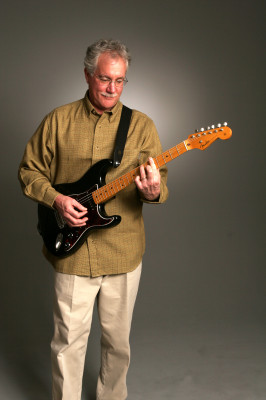Confused about Lean? Don’t feel alone. Today’s constantly growing plethora of lean this and lean that is confusing to say the least.
While some in the U.S. were applying Japanese manufacturing techniques well before the eighties, these days everyone is an “expert” with the consulting industry and academia minting new acronyms, developing new tools, methods, etc. at an incredible rate. So what is a businessperson to do?
Lean has been a part of my experience since the mid-eighties or as it was then called, JIT. Lean is the strategy that has Toyota closing in on GM for the lead in the highly competitive automotive market. Despite what the pundits would have you believe, lean is not a canned, programmatic strategy, that is, it cannot be condensed, neatly packaged or implemented in a painless 10-step method.
The beginnings of lean are rightly attributed to Henry Ford’s work, which was widely studied by the Japanese. His book, Today and Tomorrow, while out of print in the US was a bestseller in Japan. Toyota, driven by the need to complete economically, built upon his ideas and many others from around the world. Their culture provided a key to success.
A widely ignored aspect of lean is the cultural component, especially on a national level. Americans are an enormously adventurous group of folks. Our culture promotes thinking differently and we are proud to “put our own spin on things.”

Carole and I are enthusiastic jazz fans, and we’ve noticed some striking similarities between jazz musicians and lean practitioners. (Jazz is a significant part of our lives, helping to keep us off Prozac.)
Studies show listening to rich complex music like jazz stimulates the creative thinking process. The heart of jazz is taking a theme and jazzing it up. Just listen to John Coltrane’s version of “A Few of My Favorite Things” for an amazing example. That tune still gives me goose bumps.

Successful jazz musicians not only demonstrate considerable musicality, they also swing.
Starting with my first efforts with lean and in all successful undertakings since then, folks worked hard, practiced like crazy, experimented and never gave up. We also had fun and the effort had a rhythm. Like Duke Ellington said, “It don’t mean a thing if it ain’t got that swing.”
So what does this portend for people working with lean? It means that one has to take the proven methods and techniques of Toyota and others and jazz them up. Fit lean to your unique situation.
To do this successfully, one must go back to the horse’s mouth and seek out original thinking on the subject. A good start is Taiichi Ohno’s book, The Toyota Production System. Then improvise around his theme.
Here’s to your success with lean strategy and please consider that lean like jazz, takes what Charlie Parker practiced and called “woodshedding” – intense, personal schooling. Apt counsel for lean practitioners today.
By AEM Consulting Group, Inc.
